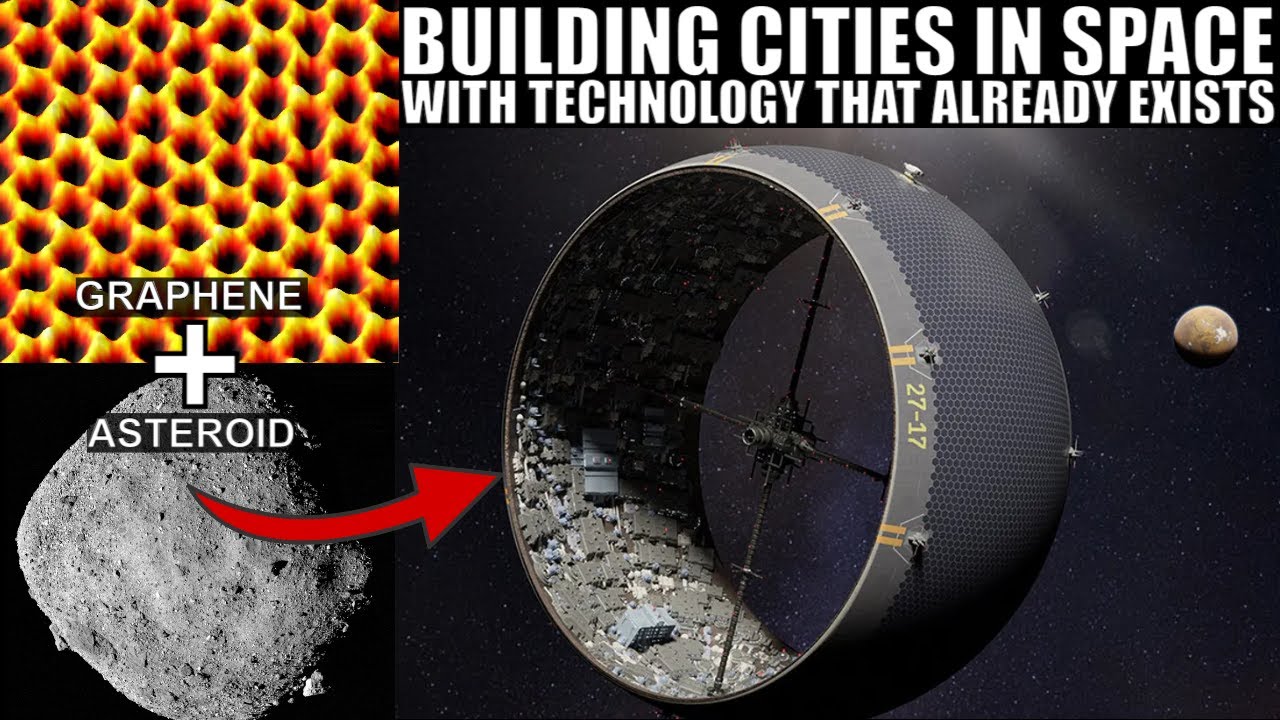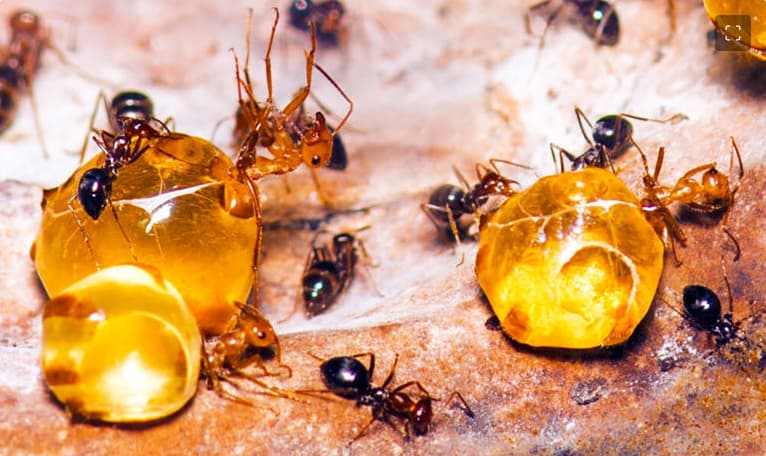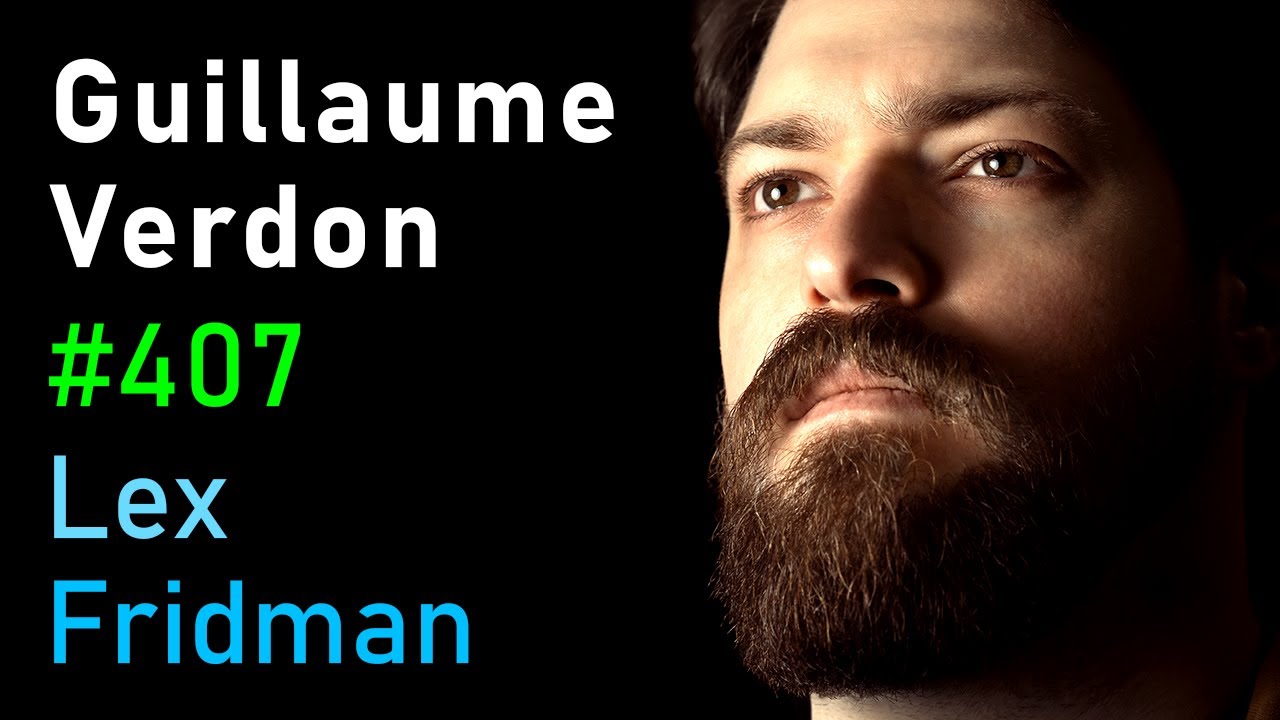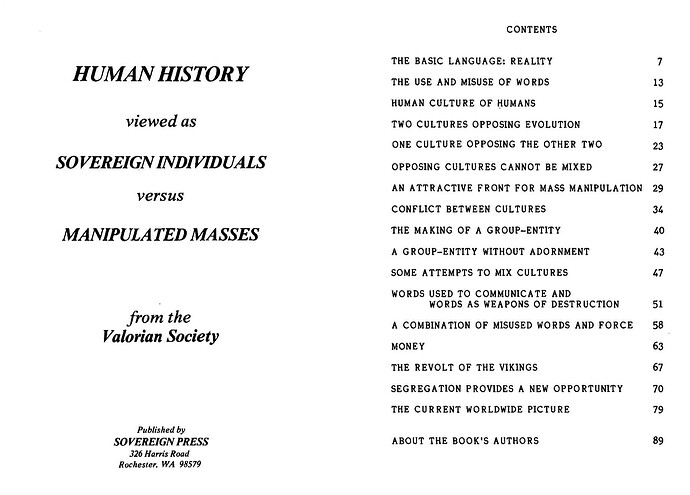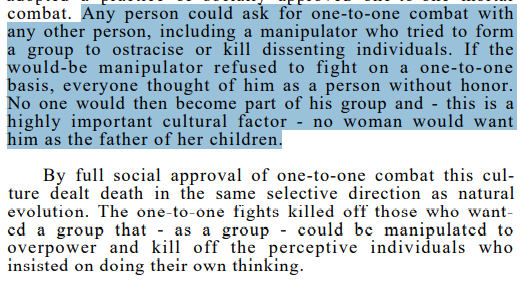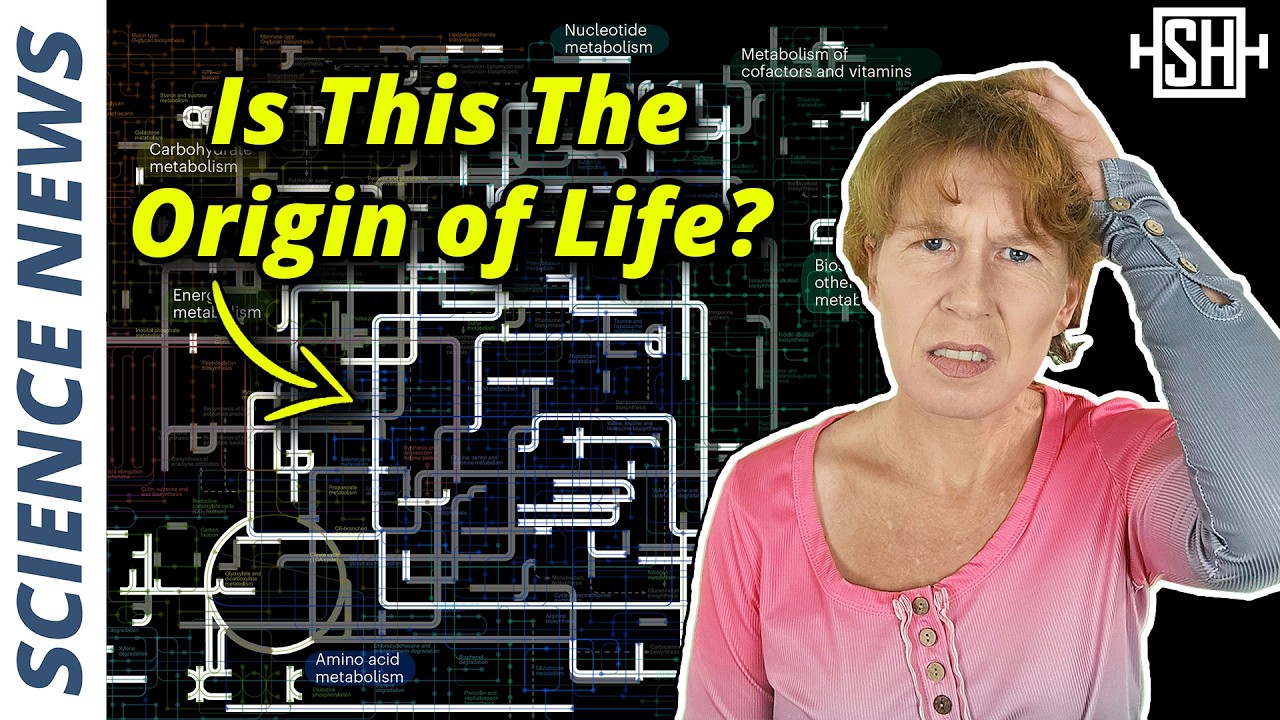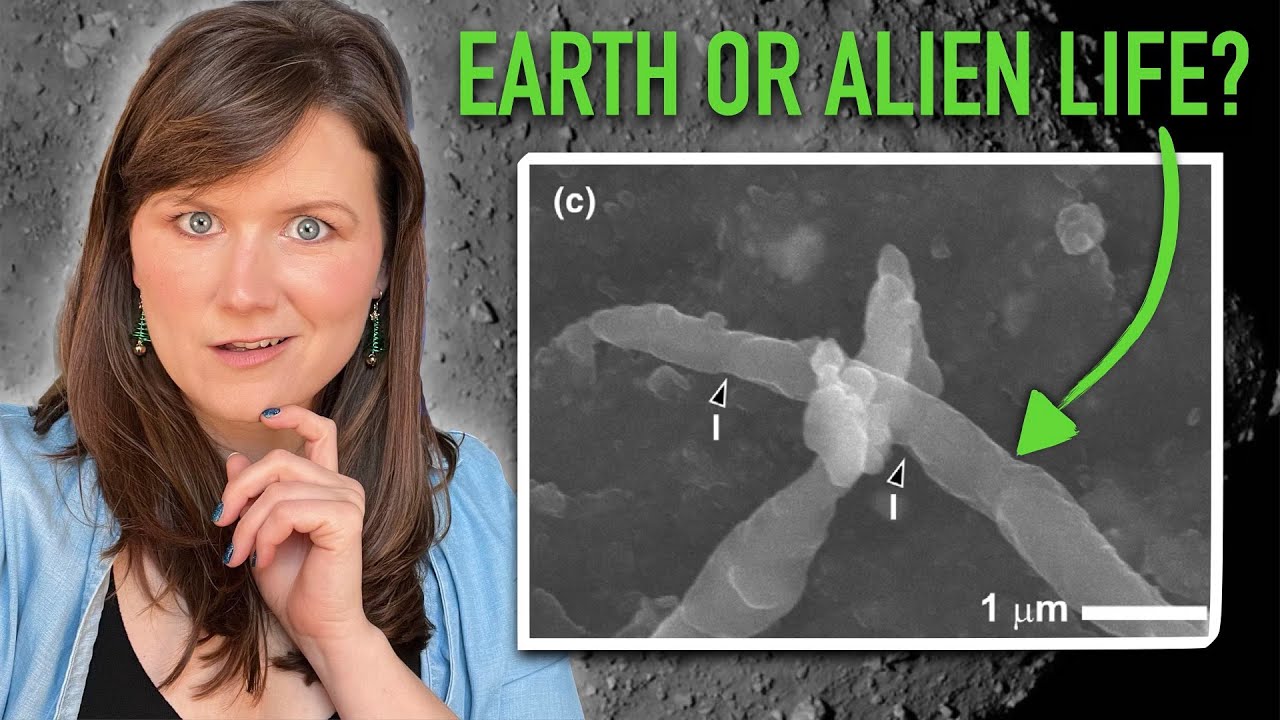There is a lot of Big Think potential in the topic of panspermia but I don’t think anyone has thought through the implications from the standpoint of the consequences of evolutionary bottlenecking and the “good enough” threshold.
Consider the hypothesis of planets as organisms that periodically send out spores. What I mean by “good enough” is that if there is no serious competition for resources, all evolution demands of a planetary organism is that it be good enough to exploit those resources (planets) so as to replicate the digital information coding the organism. By “bottlenecking” I mean that in order for mutations to be meaningful, the digital information being mutated needs to have sufficient integrity that the expressed phenotypes are replicable (as in a scientific experiment being replicable based on a recipe or experimental protocol) and that means not confounding the digital information to the point that ontogeny is drowned in the noise. In ordinary organisms, this would be, say, the DNA of an asexually reproducing organism, or, in the case of sexually (meotically) reproducing species, a combination of the gamete and the mating environment within which it finds its mate.
OK, so we have these two different forms of bottlenecking: mitosis and meosis, right? What would a planetary organism most resemble? What might its “spores” look like?
It’s pretty obvious that the planetary organism would more-resemble an asexually reproducing organism where asexual spores are “good enough” for the purposes of evolution.
Now, let’s consider a stage of such an organism’s onotgeny as involving the utilization of hydrothermal ores for materials possessing critical properties for technological civilization capable of launching spores. I’m not going to speculate on what those materials might be but consider the unique characteristics of tungsten or molybdenum or even uranium. Whatever. The point is that technological civilization requires civilization. But what, exactly, constitutes civilization – a phenotype that only recently developed on Earth?
Some might say the answer is “cities” and they’d not be entirely off the mark, although before we jump all the way to James Blish’s “Cities In Flight” as an exemplar of these “spores”, let’s consider the incompatibility between cities and sex.
Sodom and Gomorrah is the archetype of the cities as pits of sexual perversion but there is more here than mere archetype as cities are population sinks: The affordability of family formation is far lower in cities for a wide variety of reasons – not the least of which is that their economies outbid young men for the reproductive years of young women. Various attempts to deal with this like, for example, financing police forces from the proceeds of temple prostitutes has worked in various civilizations to slow the depletion of the population’s genetic ore, but ultimately the countryside is necessary to provide a source for the sink. While there are some populations that become genetically adapted to cities and maintain reproductive rates, ultimately the purpose of cities as stem-cells for spores requires only that enough intelligence remains in the population to support the increasingly externalized intelligence of the stem-cells. And, indeed, there is a problem with even the remnant sexuality and intelligence of the population causing disruption of spore production:
Intelligent masculine individuality.
Let’s take for example the need for intelligent masculine individuality in the case of paleolithic hunters in northern Europe who have replaced conspecifics in their hunting packs with a wolf pack under their command. Each household will, in the dead of winter, have to defend a sufficient area to gather sufficient winter calories to attract and support a mate and her children. When these turfs overlap there will occasionally arise conflicts in which two such individual men will end up hunting each other with at most one household surviving the winter. Although male intrasexual selection exists throughout sexual species, this specific kind of selection is for a far more general kind of intelligence than is, say, close combat. And we have records from the way the pre-civil Norse were civilized by JudeoChristianization that illustrate exactly the conflict between intelligent masculine individuality and said civilization:
The same Althing that adopted JudeoChristianity as the state religion also outlawed holmgang (“You two guys go out to that island (holm) and one at most comes back.”) as the appeal of last resort in dispute processing. Outlawing holmgang, by the way, gave rise to an explosion in blood feud as group conflict became necessary as the last-resort which, in turn, created authority structures better adapted for mass warfare thence population concentrations known as cities.
Protospores simply can’t tolerate the disruption of their structures by intelligent components “calling out” “positions of authority” into a state of nature in disputes over access to resources for sexual reproduction such as fertile age females – females as genetic ore being mined out by the process of spore development. Oh, sure, its desirable to maintain some individual integrity for the purpose of creativity – but only until that creativity can be externalized in the machinery of the protospores, at which point things like the US Constitution become pointless from the spore generation point of view.
So we end up with this image from “The Church of Iceland” as “the fruit” of JudeoChristianization:
This illustration of a gay trans Jesus with breasts is absolutely horrifying to some calling themselves “Christians” but for others calling themselves “Christians” it “just feels so RIGHT!”
This division in humanity between the culture of individual integrity and the culture of group integrity may, I conjecture, be the split between the mother planet and its (I don’t say “her”) spores.
I could take this further, but consider the possibility that what is going on with the explosive conflict between masculinity and civilization is actually a stage in the development of planetary spores – development that finds sex to be not only unnecessary but a barrier to launching spores.
This isn’t to say that spores taking the form of say space colonies (ala O’Neill) will not have sexually reproducing humans, it’s just that if one views these colonies as asexually reproducing cells that exponentiate, it is pretty clear they will end up competing for whatever resources there are in space. As a result they’ll evolve toward internal components consisting of organelles optimized for consuming other cells. They won’t be necessary as sexually reproducing organelles that might be supported by early stages of evolution in O’Neill colonies.
The ultimate “eat or be eaten” stage of interstellar cellular evolution would be toward just DNA or even just RNA “payloads” surrounded by a shell of minimal inorganic machinery specialized at eating the shells of competing “spores” – not at refining hydrothermal ores which are, after all, the “good enough” destination for the digital information in the organic molecules.
So they just drop their organic molecules at a bunch of planets – many being unsuitable for hydrothermal ore creation – but a few having hydrothermal ores and the conditions for the continuation of life.
Meanwhile, what happens back on the “mother” planet?
I suspect atrophy of the spore stem-cells permitting a resurgence of sexual evolution.

